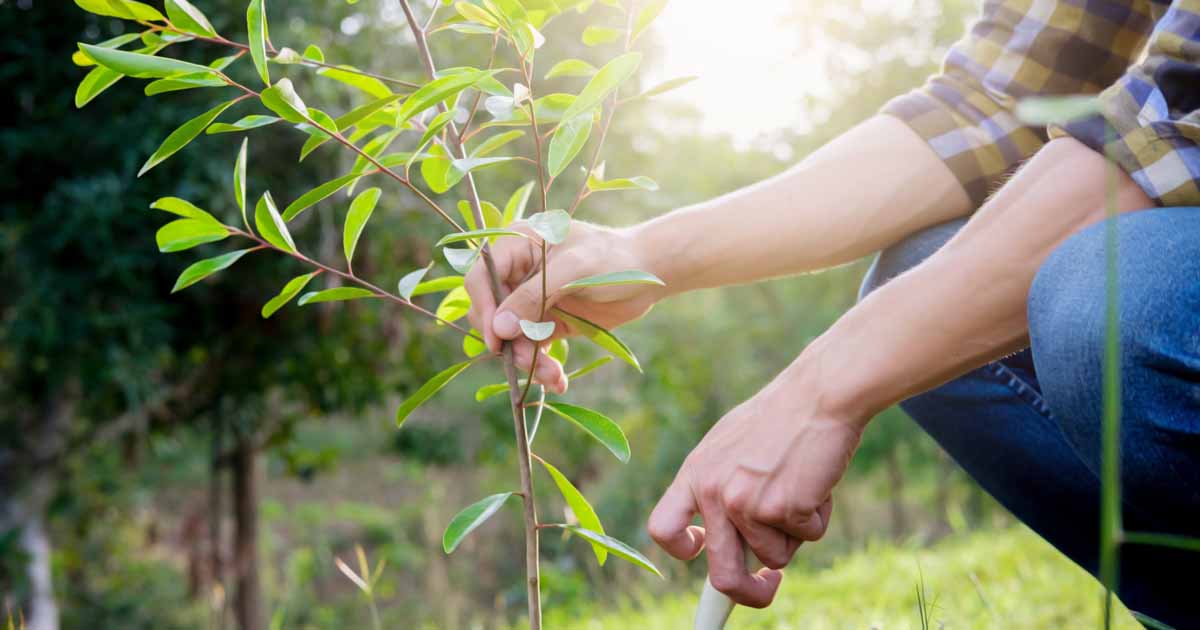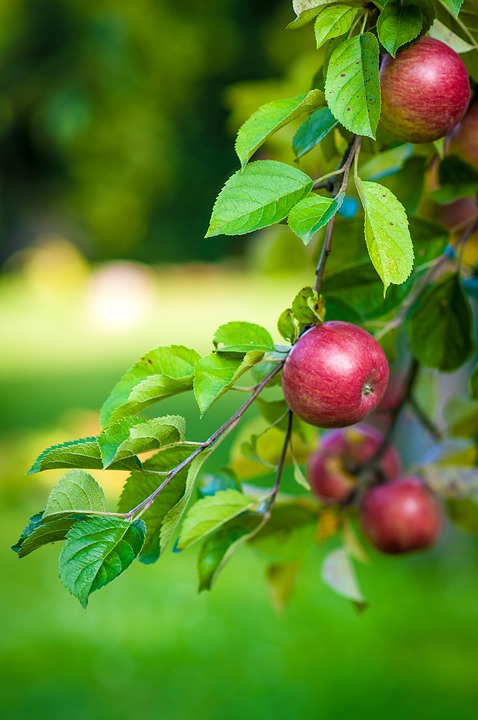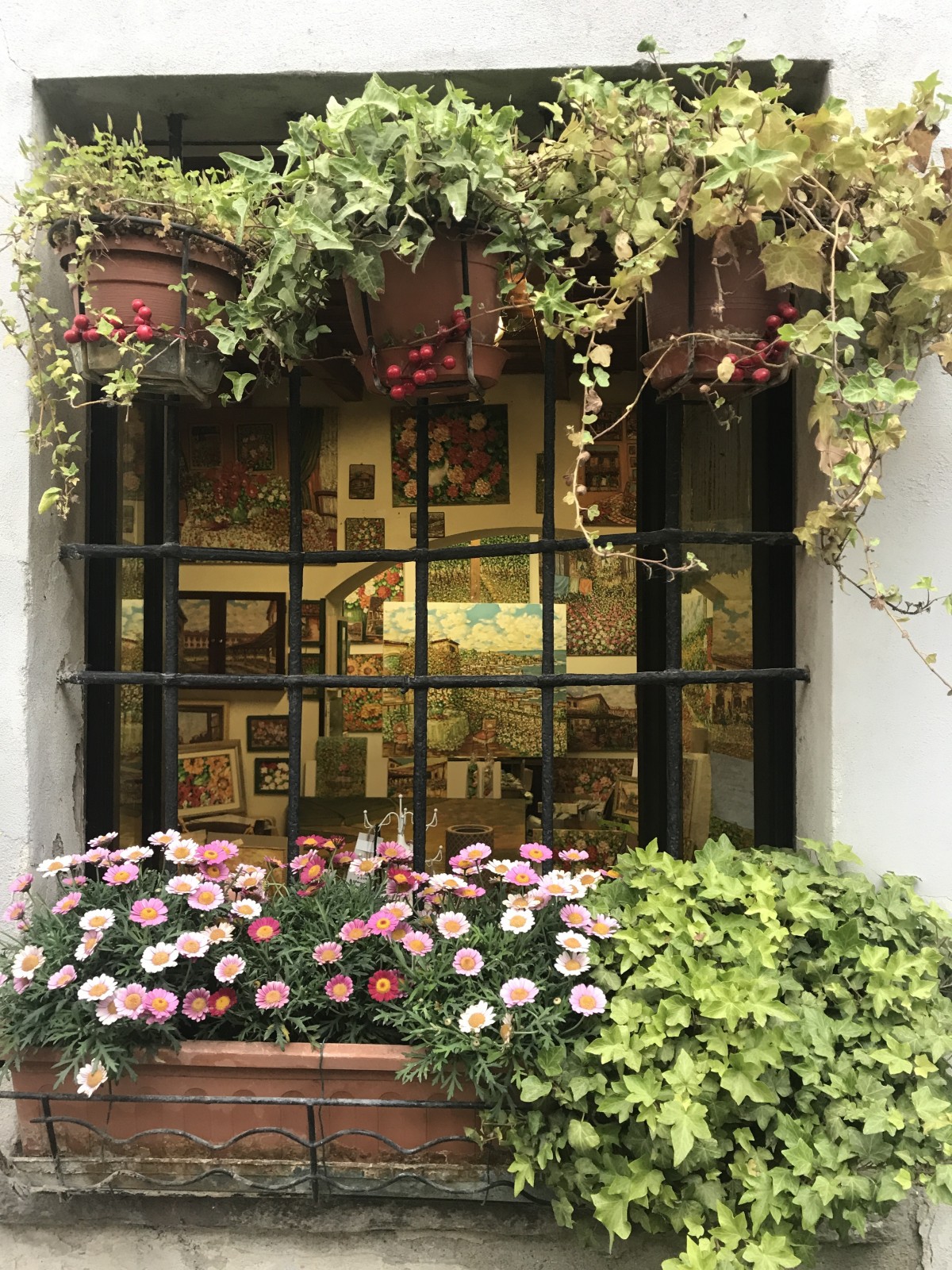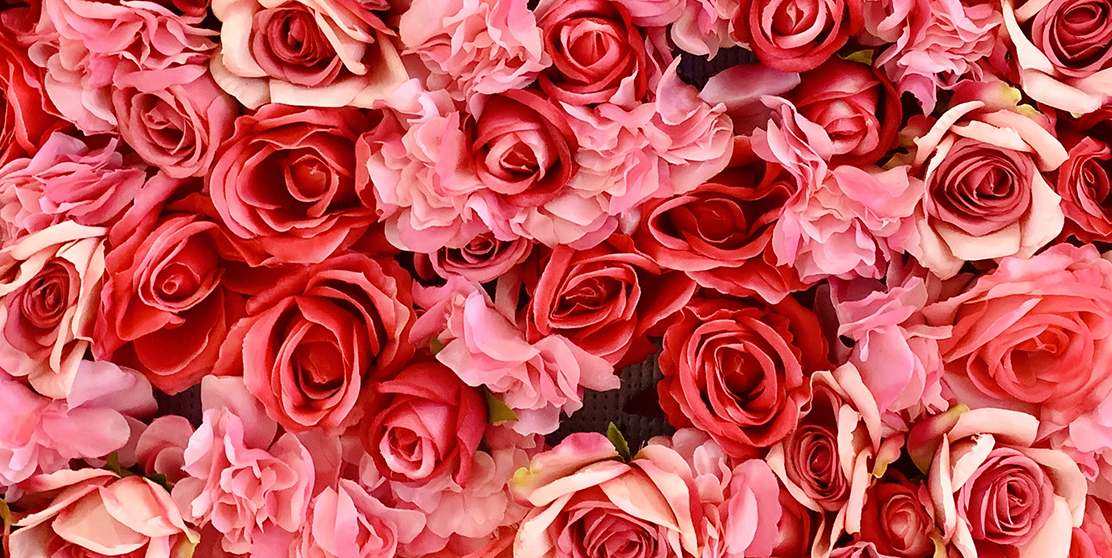Planting a tree can be easy if you know how to avoid a few common mistakes that most of us make. If a tree is planted in a planting hole that is too deep, not enough oxygen can reach the roots to ensure proper growth. If the hole is not wide enough, the roots cannot expand enough to feed, and the tree will not be properly anchored. As a rule, you should not transplant a tree deeper than the original potting soil. The hole’s width should not be less than three times the container’s width, the root ball, or the spread of the roots for a bare-root tree.
:max_bytes(150000):strip_icc()/tree_plant_getty-56af63333df78cf772c3d5e2.jpg)
If you buy a tree wrapped in burlap or clod and cannot transplant it immediately, you can keep it in a shady place as long as you keep the root area moist, but it should still be planted as soon as possible. When you plant the tree, always lift it by the root ball and not by the trunk. If the tree is wrapped in natural burlap, you can pull it back up to one-third of the root ball; if the burlap is plastic or synthetic material, you must cut away all the burlap. You should also remove any twine or twine. Once the tree is in the pit, begin adding back-fill soil, such as compost, topsoil, or peat moss, around the tree to just below the root ball to allow for settling. Ensure the back-fill is not too compact; this can prevent water from reaching the roots and prevent the roots from expanding as they should.
Container trees can also be stored for short periods, but they tend to heat up and dry out more quickly because they are container trees. The methods for planting are the same as for the jute or globe tree. All plastic or metal containers should be removed completely; if the box is made of fibre, it is best to remove the sides, but you can leave the bottom. Check the roots after removing them from the container; if they appear to be stuck, use your fingers to loosen the roots and spread them out. If the tree has very woody, compressed roots, you may need to use a spade on the lower part of the roots to open them up. Then you can carefully fan out the roots before planting; this will prevent the roots from “girdling” around the tree, which can kill it. Once the tree is in place, back-fill to the tree level was in the container and did not compress it.

Planting a bare-root tree is a little different, especially since there is no soil around the roots. Time is the most important factor between buying and planting this type of tree; it needs to be planted as soon as possible. Before buying a bare-root tree, check the roots carefully to make sure they are moist and have lots of long, delicate root hairs; this is a sign of a healthy tree. Please make sure the roots remain moist until you plant them. Prune away damaged roots but still leave as much of the root structure as possible. When planting a bare-root tree, build a conical mound of soil in the center of the cavity, allowing you to spread the roots out when you plant. Make sure your mound is high enough so that the trunks fan out and the crown of the roots is two inches above the ground; this will help the tree establish itself naturally.
Once you have planted your tree, it needs to be watered. During the tree’s first growing season, it will need to be watered weekly, especially if there is no rain, and more often during the summer heat. Overwatering can lead to oxygen deficiency. If you are not sure if the tree needs water, dig down around the edge of the cavity about 6-8 inches. If the soil feels crumbly or mealy, it needs more water. Soil that has enough moisture will form a ball when you squeeze it. Moisture must reach about 12 to 18 inches to promote root growth; for this reason, deep soaking is much better than light watering.
Your newly planted tree can be covered with mulch to help retain moisture and improve water and air penetration. The mulch should be at least 15 cm and no more than 15 cm deep. Any porous landscape cloth can be used because it allows water and air to penetrate freely. Plastic sheeting should never be used as mulch because air and water cannot flow through it properly.
Although most trees survive just fine without fertilizer when you plant them, most plants suffer some root loss and stress as they transition from nursery growing conditions to final planting in the landscape. To compensate for root loss and eliminate the shock of transplanting, you should give your tree a fertilizer that has a suitable composition for your particular tree. Sometimes a biostimulant helps promote root development and the overall health of the tree.
K-W Tree Expert Co. removes any size of tree and stump in Kitchener.




You made a good point when you shared that it is great to water your newly planted trees regularly. My aunt just mentioned the other day that she is planning to work on her garden so it will look more appealing than other houses in her neighborhood. I will suggest to her hiring a reliable service that can help plant new trees in her garden.